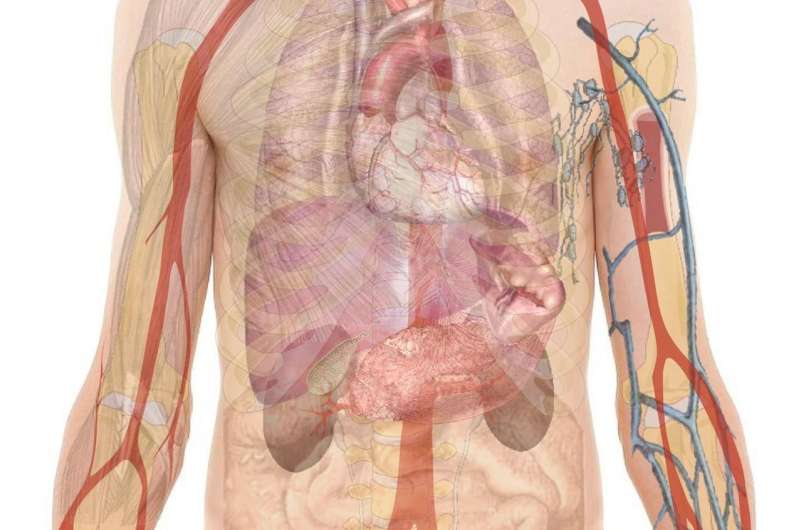Active Music Therapy Interventions Show Greater Effectiveness for Pain Management Compared to Listening Alone

New research shows that active music therapy involving singing, instrument play, and relaxation techniques can significantly reduce pain more effectively than listening alone, offering a promising nonpharmacologic approach for hospitalized patients.
A recent study conducted by University Hospitals Connor Whole Health highlights the increased benefits of active music therapy interventions for pain relief among hospitalized patients. The research found that engaging patients in singing, playing instruments, and relaxation or imagery techniques can be more effective in reducing pain intensity than simply listening to music, whether live or recorded. Published in The Journal of Pain, the study analyzed over 2,000 music therapy sessions and identified specific intervention types that yielded better outcomes.
Hospitalized patients often experience heightened acute pain, which, if unmanaged, can lead to psychological distress and impaired functioning after discharge. With growing concerns over opioid-related side effects and addiction risks, healthcare systems are increasingly adopting nonpharmacologic approaches like music therapy to improve pain management.
Led by Dr. Seneca Block, the hospital-based expressive therapies team integrates licensed music and art therapists into patient care, working closely with medical staff. The team’s goal is to optimize symptom control and psychosocial support through evidence-based practices.
The study categorized four types of music therapy interventions:
- Receptive only: passive listening to music without active participation.
- Recreative: engaging in singing or instrument play without compositional work.
- Music-assisted relaxation and imagery: combining relaxation techniques with music listening.
- Compositional/creative: actively composing music or songs.
Data analysis indicated that recreative interventions were 37% more likely, and relaxation and imagery techniques were 48% more likely, to produce significant pain reductions (by at least 2 units on the 0-10 scale) compared to receptive listening alone. Longer sessions and those explicitly aimed at pain relief were also more effective. Conversely, male patients, Medicaid beneficiaries, and those with sickle cell disease showed less reduction.
These findings emphasize the critical role of engaging patients actively in their music therapy, as this involvement appears to amplify analgesic effects. The significance of individualized, participatory therapy approaches could influence clinical practices, hospital policies, and future research directions.
Dr. Rodgers-Melnick, lead author of the study, stated, "Engagement in singing, instrument play, and imagery within music therapy fosters a unique and potent approach to pain management that warrants further exploration and application."
This research underscores the potential of music therapy as a safe, effective complement to traditional pain treatments, helping reduce reliance on opioids and enhance overall patient well-being.
Stay Updated with Mia's Feed
Get the latest health & wellness insights delivered straight to your inbox.
Related Articles
Preterm Infants at Higher Risk of Early Language Development Delays
Research shows preterm infants are more likely to experience language delays within the first 18 months. Early detection and parental involvement are key to supporting development.
RFK Jr. Restructures HHS by Replacing Trump-Appointed Senior Officials
U.S. Health Secretary RFK Jr. has dismissed two Trump-appointed senior officials as part of ongoing reforms, aiming to realign HHS leadership and policy direction.
Florida Ends All Vaccine Mandates as West Coast States Establish Independent Guidelines
Florida plans to eliminate all vaccine mandates, while West Coast states establish their own immunization guidelines amid ongoing debates over public health policies and individual freedoms.
Innovative Dual-Component Prodrug Targets Tumors with Precision Activation of Immune Response
A groundbreaking two-part prodrug system selectively activates immune responses within tumors, promising safer and more precise cancer therapies.



